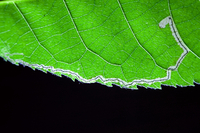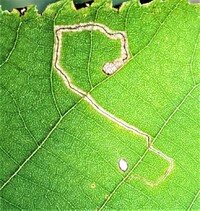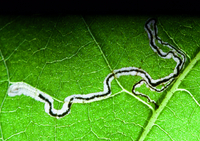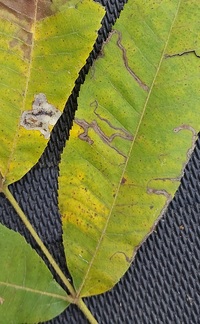
| Recorded by: Mark Basinger and Donald Zepp on 2025-11-13
Pitt Co.
Comment: | 
| Recorded by: Mark Basinger on 2025-10-18
Lee Co.
Comment: |
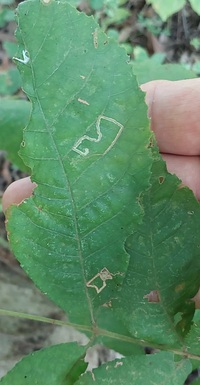
| Recorded by: Mark Basinger on 2025-10-18
Stanly Co.
Comment: | 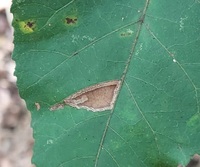
| Recorded by: Mark Basinger on 2025-10-05
Stanly Co.
Comment: |
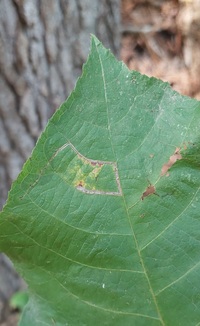
| Recorded by: Mark Basinger on 2025-10-03
Anson Co.
Comment: | 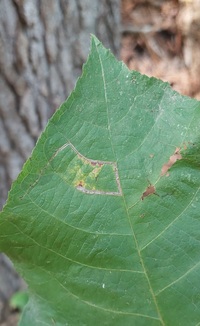
| Recorded by: Mark Basinger on 2025-10-03
Anson Co.
Comment: |
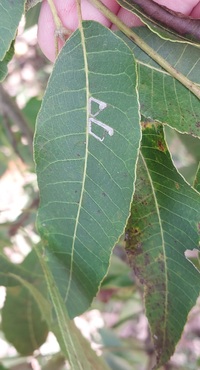
| Recorded by: Mark Basinger on 2025-10-03
Robeson Co.
Comment: | 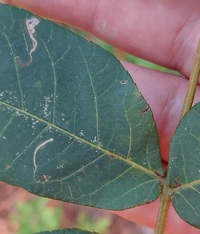
| Recorded by: Mark Basinger on 2025-10-01
Hoke Co.
Comment: |
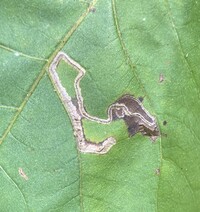
| Recorded by: Dean Furbish, Lior S. Carlson on 2025-09-10
Orange Co.
Comment: | 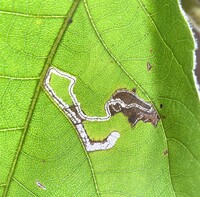
| Recorded by: Dean Furbish, Lior S. Carlson on 2025-09-10
Orange Co.
Comment: |
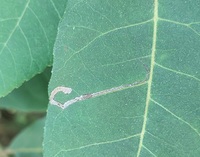
| Recorded by: Mark Basinger on 2025-08-22
Wilson Co.
Comment: | 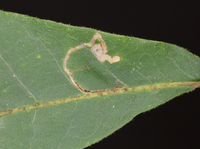
| Recorded by: Jim Petranka, Marilyn Westphal and Becky Elkin on 2025-08-18
Henderson Co.
Comment: Unoccupied mine was on Mockernut Hickory. |
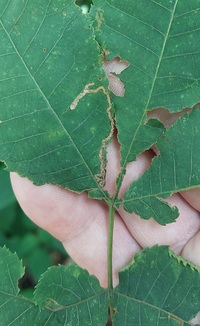
| Recorded by: Mark Basinger on 2025-08-15
Ashe Co.
Comment: | 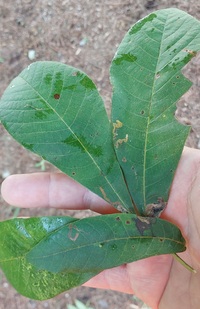
| Recorded by: Mark Basinger on 2025-08-09
Alamance Co.
Comment: |
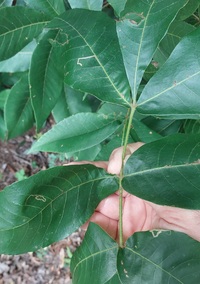
| Recorded by: Mark Basinger on 2025-08-09
Wilkes Co.
Comment: | 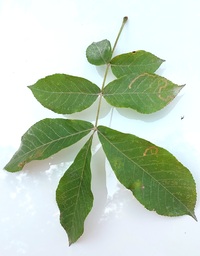
| Recorded by: Mark Basinger, Jim Petranka, and Becky Elkin on 2025-08-03
Moore Co.
Comment: |
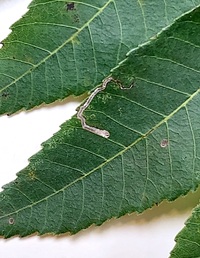
| Recorded by: Mark Basinger, Jim Petranka, and Becky Elkin on 2025-08-03
Moore Co.
Comment: | 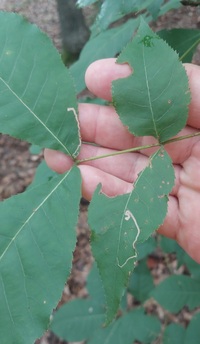
| Recorded by: Mark Basinger on 2025-08-01
Stanly Co.
Comment: |
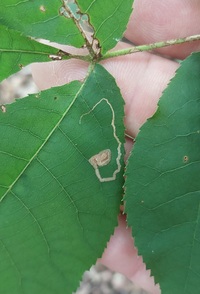
| Recorded by: Mark Basinger on 2025-08-01
Stanly Co.
Comment: | 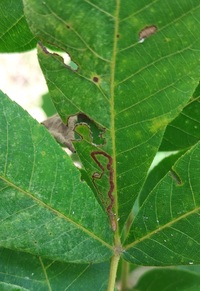
| Recorded by: Mark Basinger on 2025-07-14
Scotland Co.
Comment: |
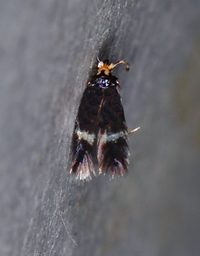
| Recorded by: Jim Petranka and Mark Basinger on 2025-07-11
Buncombe Co.
Comment: A reared adult from Bitternut Hickory; larva on 6-24-2025; adult on 2025-07-11. | 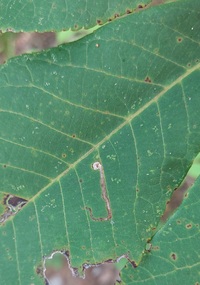
| Recorded by: Mark Basinger on 2025-07-10
Bladen Co.
Comment: |

| Recorded by: Mark Basinger on 2025-07-09
Brunswick Co.
Comment: | 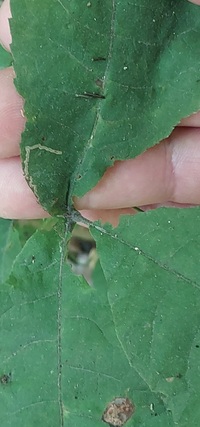
| Recorded by: Mark Basinger on 2025-06-27
Davidson Co.
Comment: |
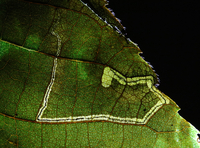
| Recorded by: Jim Petranka and Mark Basinger on 2025-06-24
Buncombe Co.
Comment: | 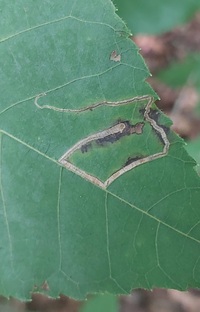
| Recorded by: Mark Basinger on 2025-06-14
Rowan Co.
Comment: |
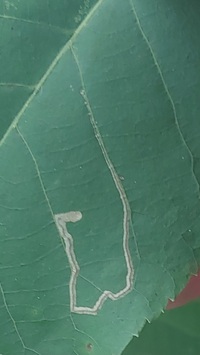
| Recorded by: Mark Basinger on 2025-06-14
Rowan Co.
Comment: | 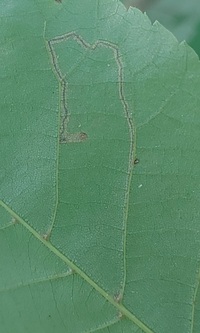
| Recorded by: Mark Basinger on 2025-06-14
Rowan Co.
Comment: |
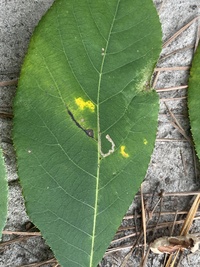
| Recorded by: David George on 2024-10-29
Onslow Co.
Comment: | 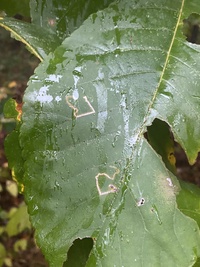
| Recorded by: David George on 2024-10-27
Craven Co.
Comment: |
|

 »
»
